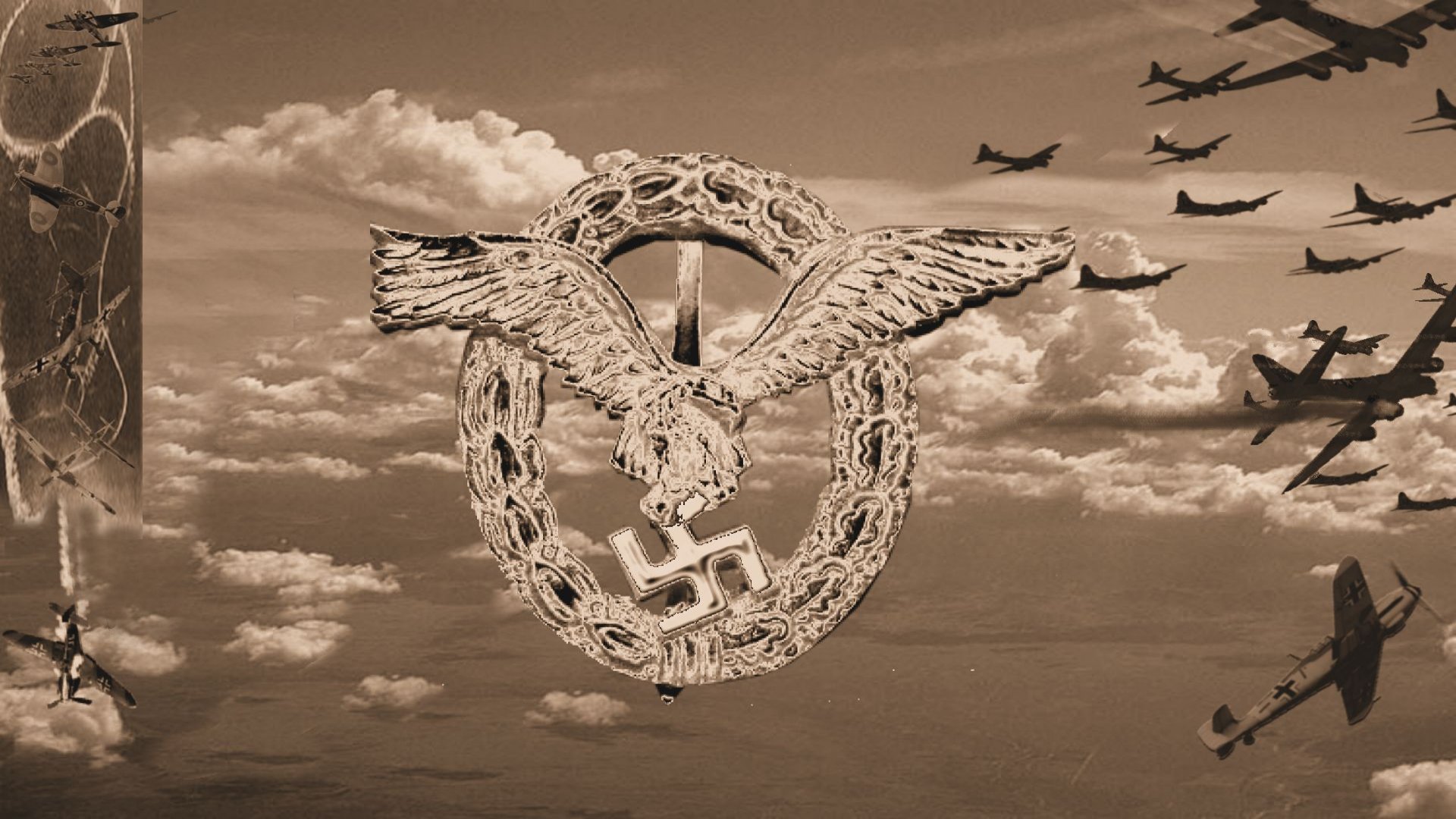The Heinkel He 51 was a German single-seat biplane which was produced in a number of different versions in the early 1930's. It was initially developed as a fighter, and a seaplane variant and a ground-attack version were also developed. It was a conventional single-bay biplane, with all-metal construction and fabric covering. It was powered by a glycol-cooled BMW VI engine, with an armament of two 7.92 mm (.312 in) machine guns mounted above the engine.
Back to Top
Development
In 1931, Heinkel recruited the talented aircraft designers, Walter and Siegfried Günter, and their first major design for Heinkel was the Heinkel He 49. While this was officially an advanced trainer, in fact it was a fighter. The first prototype, the He 49a, flew in November 1932, and was followed by two further prototypes, the He 49b, with a longer fuselage, and the He 49c, with a revised engine. The type was ordered into production for the still secret Luftwaffe as the He 51, the first pre-production aircraft flying in May 1933. Deliveries started in July of the next year. The Heinkel He 51 was produced in a handful of variants but represented in only three major production models. The four prototypes represented the aircraft initially beginning with the He 49a featuring a short fuselage, the He 49b with a lengthened fuselage, the He 49c with a revised glycol-cooled engine and the He 51a with its revised vertical tail fin and wings, a new undercarriage and new radiator. The He 51a prototype led to the first nine pre-preproduction aircraft under the He 51A-0 designation. This was followed by the first production-rate examples in the 150 He 51A-1's. The He 51B-0 appeared as another dozen pre-production examples that saw reinforcement of their structure. The production version became the He 51B-1 of which only another 12 were produced. The He 51B-2 was a floatplane variant to which 46 were produced in total. The He 51B-3 was a dedicated high-altitude version. The He 51B-1 was powered by a single BMW VI series 7,3Z liquid-cooled V12 engine with an output of 750 horsepower. This allowed for a maximum speed of up to 205 miles per hour with a cruise speed of 174 miles per hour. Range was limited to 354 miles with a respectable service ceiling of 25,256 feet. The He 51C-1 was the first dedicated light ground attack model for the reconstituted Luftwaffe.
Back to Top
In Service
At least 79 of He 51C-1s were delivered to Spain to fight with the Germany's Condor Legion in Spain's civil war in favor of the Nationalist forces. The He 51C-2 was nothing more than an improved version of the He 51C-1 which had a fitted improved radio equipment with twenty-one examples of this type only were produced. With the Heinkel 51 being used in Spain flying with the Condor Legion in their civil war on General Franco's Nationalist Forces where they were intended as an air superiority fighter, the He 51 proved unable to protect the Legion Condor's bombers, forcing it to switch to night operations, while also unable to intercept the much faster Soviet designed Tupolev SB bombers. The He 51 was therefore withdrawn from fighter duty and relegated to the ground-attack role by both the Condor Legion and the Spanish rebels. It was replaced in the fighter role by the Fiat CR.32 in the rebel Nationalist Air Force, with the Legion Condor receiving the new Messerschmitt Bf109B's from April 1937 to allow it to operate successfully in fighter operations.
The He 51 continued in front-line service with the Luftwaffe until 1938, with it remaining in service as an advanced trainer for the first few years of World War II.
Back to Top


